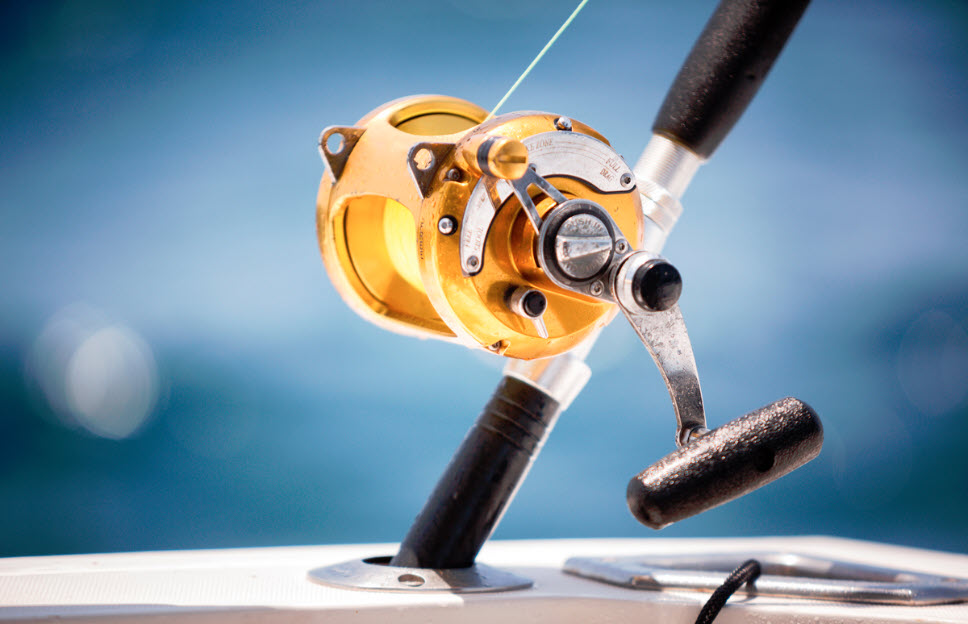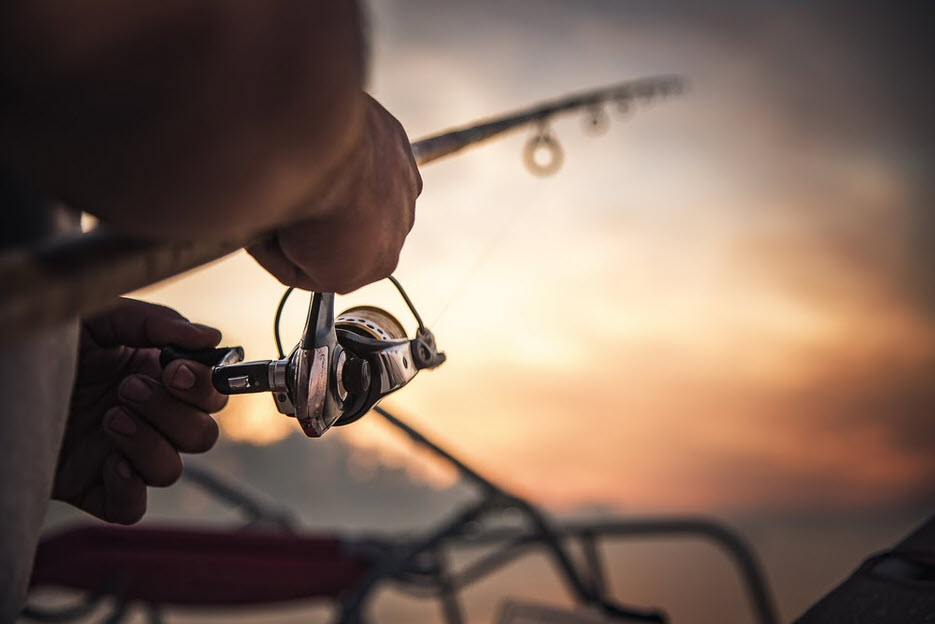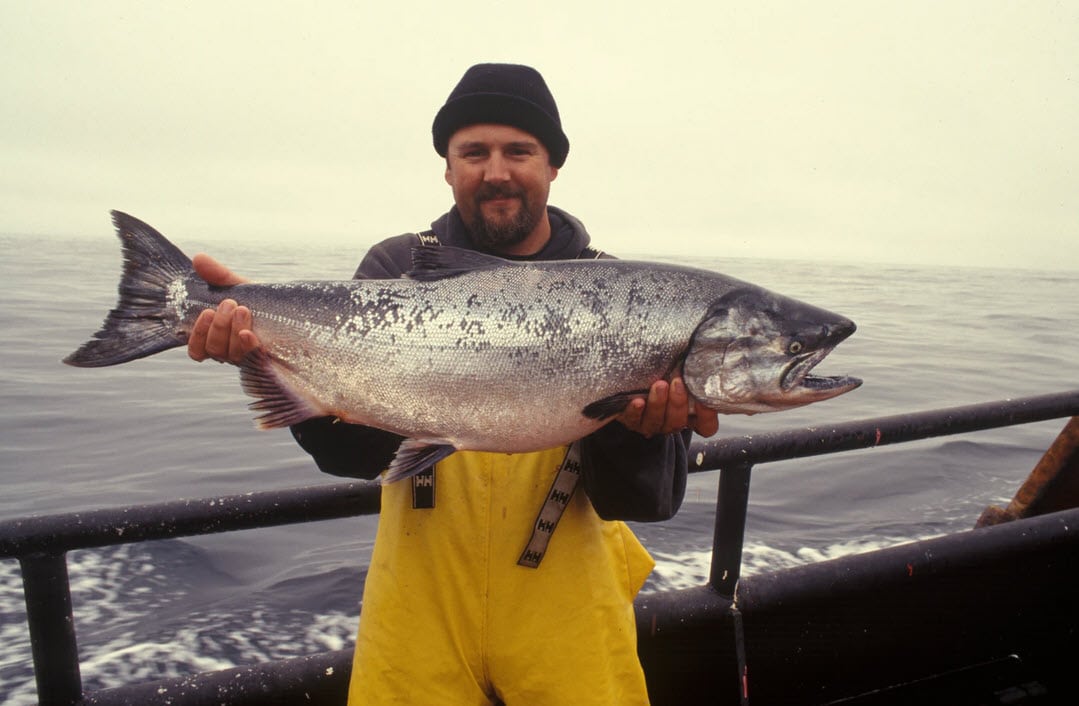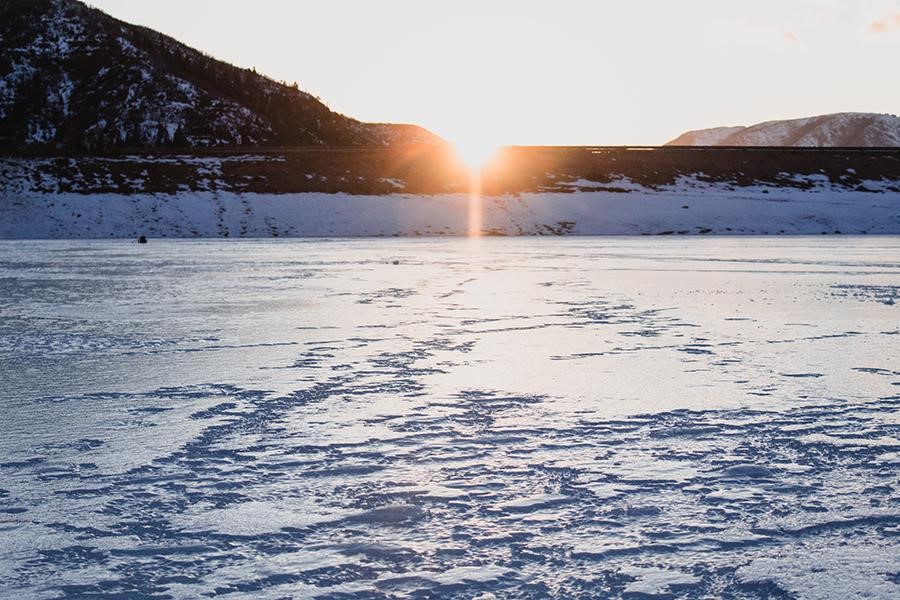
There are two basic styles of kayak: sit-in and sit-on. They both come in singles and doubles, meaning they come in types for one or two riders. They are also available in hard-shell and inflatable versions.
Today, we’ll focus on the differences and similarities between the sit-on and sit-in styles. We’ll also focus on the pros and cons of each style to help you better choose the kayak for your needs.
Page Contents
Sit-in vs Sit-on Kayaks
If you aren’t too familiar with kayaks, it’s easy to confuse the sit-in and sit-on styles for the other. That’s because, on the surface, they share quite a lot of similarities.
Both sit-on and sit-in kayaks share many of the same parts. The bottom is still called the hull, and the top is still known as the deck. The stern and bow are still names for the back and front, respectively. And most of the time, the decks of both these canoes will still have bungees or deck lines.
Some sit-in and sit-on kayak sterns have rudders; others have grab loops. Rudders are still controlled by pedals, and they still swivel side to side on both styles. They both have kegs, which help them go straight once you drop them in the water.
Additionally, both sit-in and sit-on kayaks have seats and some kind of foot support. Some have adjustable foot pedals to cater to the needs of different-size riders. Others have footwells that offer more convenience. Pedals are preferable if you’re spending an entire day in the water, while footwells are more convenient for short trips.
Lastly, the best versions of these kayaks have excellent backrests. These welcome add-ons make sitting and paddling on them more comfortable.
Where Do They Differ?
Perhaps the biggest difference between these two kayak styles lies in their seat designs. The sit-inside version has enclosed seats. In comparison, the sit-on-top style’s seats are out in the open. The area within the enclosed space, where you’ll find the seat and pedals, is the cockpit.
Both kayak styles offer tons of options, so choosing the right one for your needs can be pretty overwhelming. There’s also a lot of pressure to make the right decision. After all, a wrong one could possibly ruin your kayaking experience.
Choosing a Kayak Style
Narrow down your kayak options effectively by asking these important questions:
- Do you prefer paddling at the beach or on a lake?
- Will you be paddling in warm water?
- Are you more concerned with speed or stability?
The answers to these questions should help steer you towards the right kayak style.

Pros and Cons of the Sit-on Kayak
Where does the sit-on kayak excel, and where does it fall short? Let’s get the lowdown.
Pros
The sit-on-style kayak usually prides itself on its user-friendliness more than anything else. And this has a lot to do with its following advantages:
- Stability
Getting in and out of a small vessel floating on water isn’t what you’d imagine as easy, but it is on a sit-on kayak. That’s because the seating area is exposed and doesn’t limit you to stepping on an enclosed space as you would in a sit-inside kayak.
- Lack of Confinement
Because its seating area is in the open, the sit-on-top kayak doesn’t make you feel confined. In this type of kayak, your legs are free to stretch. Plus, the water is within touching distance. You can also get on and off these things as you please without much hassle.
- Self-Bailing
This type of kayak has what is known as scupper holes, which are holes for draining water in case too much gets in.
Con
What might not impress you as much about the sit-on?
- Wet Experience
You aren’t likely to stay dry when using a sit-on kayak. It’s a more nature-immersive kayak, allowing you to really become one with your environment. You may take this as either a pro or a con, but we’ll go with con in this case because many beginners we know prefer staying dry.
Pros and Cons of the Sit-in Kayak
What’s to love and not to love about these kayak versions?
Pros
These are some sit-in kayak qualities that might bring a smile to any kayaker’s face:
- Shelter From the Elements
You won’t always be paddling in comfortable conditions. During cold and windy days, you can leverage the sit-inside’s enclosed seating area to shelter your lower body from the cold breeze and the cool water.
- Stable, Fun, and Easy-to-Use
The sit-inside makes a great recreational kayak because of its protective walls. The solid walls and large cockpits provide a sense of security for beginners who just want to paddle for fun.
Con
What about the sit-inside might make you upset?
- Not Flip-Friendly
In case the kayak capsizes, it will be a bit more difficult to right yourself and recover because the vessel will likely fill up with water.
The Kayak Style for You
There are a lot of good and not too many bad things about each type of kayak. However, most of the pros and cons are independent of the other. It’s still best to assess your individual needs before making a decision.
We recommend you examine the following aspects when choosing your kayak!
Since both types of kayaks have ups and downs and you don’t necessarily have the budget to buy both, we encourage you to examine the following aspects when selecting.

Stability
Both sit-in and sit-on-top kayaks have efficient stability. Stability relates to the kayak’s width, so two kayaks of each type can have similar stability with the exact dimensions. However, the width isn’t the only factor impacting stability.
The seat’s height in the kayak is also essential for stability, with lower seats increasing stability and higher seats above the waterline reducing it. Many fishing kayaks come with seats set up higher off the water to ensure better casting. To have the same stability, they need to be fuller or broader in the ends.
When we speak of fullness in the ends, we refer to how far the width goes to the stern and bow. If you examine kayaks from above, a boxy kayak will have fuller ends than a diamond-shaped model. Therefore, a kayak that looks boxy form above will provide you with good stability.
Sit-in touring kayaks are somewhat narrower than recreational models, which makes them less stable. The market is incredibly generous so finding a touring kayak that is stable and comfortable to paddle isn’t tricky.
Design
When we take a look at the basic designs for sit-in and sit-on-top kayaks, we easily see that they’re quite similar. Length, width, and rocker are the elements to examine when you need to find out about your kayak’s performance.
If all things are equal, expect a longer boat to be faster than a shorter model. A short kayak is typically slow, whereas an extended model is tight. You will quickly notice the difference when you step up from a 10-ft kayak to a 12-ft model or from a 12-ft boat to a 14-ft model.
As long as all things are equal, it will be easier to turn a shorter kayak than a longer one. Small recreational boats turn quickly, whereas the longer models turn relatively slow. You can always ease out the turn by increasing the kayak’s rocker. The hull’s curve spreading from the bow to the boat’s stern is known as the rocker. You can quickly notice it when the boat is on the ground—the stern and bow of highly rockered kayaks don’t touch the ground. However, if the boat doesn’t have a rocker, it will contact the land from the bow to the stern.
If the boat has more rocker, it will be easier to turn and slower as well. According to the boat’s purpose, boat designers have to make the proper amount of rocker for every design.
A wide boat is more stable than a narrow model, whereas the latter will move easier through waters. A design fuller towards the ends presents more stability but is slower than one with sharper ends. To obtain stability, the width and fullness have to be balanced against the seat’s height. As a result, fishing sit-on-top boats have higher seats and fuller ends than the sit-in counterparts which have seats closer to the waterline. Also, the sit-on-top models are wider.
Performance
Most people refer to speed when they speak of a kayak’s performance. As we’ve mentioned already, length and width are crucial for a kayak’s speed. The main consequence is that narrow and long kayaks go faster than short wide models, regardless of the design.
Don’t be surprised to discover that your very short recreational kayak is incredibly slow. A kayak under 10ft will make you feel like you’re plowing through the water. You will be surprised to find out that even a couple of inches can make all the differences for a kayak’s speed. Should you want a versatile recreational kayak, we recommend beginning your search at around 12 ft and longer.
Due to the physics of watercraft work, there’s an upper limit to how speed relates to length. If the boat is too long, the drag on the hull will damage the gain in speed that a regular long hull generates. A narrow racing or touring model is typically 18 or 19ft long, but that’s the limit almost every time. If the boat is longer than 19ft, it won’t matter much for speed as you will have difficulty maneuvering the boat.
Storage
Suppose you plan to take your kayak for a long day paddle or an overnight camping trip, the storage space matters for your experience. You don’t need to make boats for a living to know that a large kayak will be more spacious than a smaller one. A sit-on-top design typically provides you open space at its rear; you will be able to strap on a large dry bag there. Some kayaks feature a front hatch where you can safely place the dry bags.
With a sit-in model, you will have storage space under the decks. Recreational kayaks withs rear bulkhead for storage and effortless access through the hatch in the back deck are widely spread. A basic design won’t have a hatch and bulkhead, and you will need to store the dry bags inside the cockpit’s hull. Most kayaks of this kind will provide you room for a small dry bag at the boat’s bow, beyond the footrests.
As for sit-in, touring kayaks (sea kayaks) have hatches and bulkheads at the bow and the kayaks’ stern. The bulkheads give storage compartments where you can put your camping gear. Get a tourist kayak if you want to camp. We care to remind you that these models don’t feel as stable as their recreational sit-in counterparts.
Frequently Asked Questions
Which is more stable: the sit-in or the sit-on-top kayak?
We can only compare kayaks of the exact dimensions. Having said that, a sit-in kayak has better stability than a sit-on-top model. In an open-cockpit (sit-in) kayak, you sit lower in the boat, ensuring better stability.
Will a sit-in kayak flip quickly?
Some people believe that padding in a sit-on-top kayak is unstable. However, many kayaks have flat hulls, so the risk for flipping is rather low. Even if it flips, your kayak is made to float. You only need to grab hold of it to make your way out.
Is it safe to take your sit-in kayak when fishing?
The sit-in kayak is popular for fishing. Some manufacturers actually make sit-in kayaks, especially for fishing and don’t have many accessories. If you want a kayak with more than a few fishing rod holders, we suggest you customize the sit-in kayak for your fishing needs.
Should beginners use sit-in or sit-on-top kayaks?
A sit-on-top kayak is better for beginners than the sit-in model, especially for fun and summer use. Should you be into surfing, touring, and paddling long distances, we recommend you get a sit-in kayak instead. The sit-on alternative is more appropriate for learning, chilling, and mastering getting in and out of the kayak.
Is it safe to use the sit-on-top kayak on a river?
When you’re floating on a river, you need a sturdy and stable craft that turns quickly. A short recreational sit-in or sit-on-top boat or a day touring sit-in kayak are excellent choices. If you want to use your boat in both still and running waters, you can pick between a short recreation sit-in or a sit-on-top kayak.








